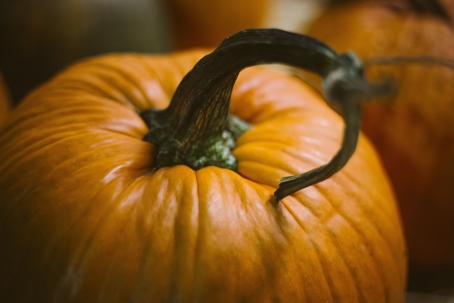From baseball to football, mowing the grass to raking the leaves, drinking lemonade to downing pumpkin spiced lattes, the seasonal changes of fall are upon us. And at Carter Quality Plumbing, we know firsthand that the change in seasons also means changes in plumbing habits. Keep reading for our top plumbing tips for fall, and remember that you can always call our experienced plumbers for the services you need.
Our Top 7 Plumbing Maintenance Tips for Fall Are:
- Put Away Hoses: If your outdoor water hoses are left out in the colder temperatures, it can cause connections inside your home to expand and freeze. This in turn can lead to broken faucets and burst pipes. Make sure to drain your outdoor houses of any lingering water at the top of the fall season, and then store them in a safe, dry area for the winter.
- Cover Outdoor Faucets: After you are done taking care of your outdoor hoses, the next thing you should do is move on to your outdoor faucets. Check for dripping, since leaky outdoor faucets can lead to freezing and equipment failure as the weather gets colder. If necessary, call a plumber to fix any leaks, or replace the hose bib (also called a spigot) yourself. Once you’re sure all your outdoor faucets are safe and ready for winter, cover them up and insulate them with Styrofoam to keep them safe over the next few months.
- Adjust Your Interior Shut-Off Valve: Most houses have an interior shut-off valve, allowing you to turn off water directed to your outdoor faucets and other exterior plumbing features. Once you have put away your outside hoses and checked the attached hose bibs, you should turn off the shut-off valve so no excess water gets directed to your outdoor plumbing equipment, where it could freeze.
- Make Sure Your Pipes Are Insulated: In warmer parts of the country, you may not think of frozen pipes as a big issue. However, some pipes have been known to freeze at temperatures in the 30s. That’s why to protect pipes from the winter lows, it is always a good idea to make sure they are fully insulated. This will add an extra layer of warmth to your piping in winter, and may even help to protect them year-round.
- Seal Cracks & Holes Throughout Your House: Every home is filled with various gaps and holes, many of which are found at the points where your pipes enter. That’s why to prevent the outdoor elements from reaching your indoor plumbing (and throwing off your indoor temperature,) it is a good idea to seal cracks and holes throughout your home as much as possible. This is commonly done with weatehrstripping, as well as caulking and insulation.
- Drain Your Water Heater: As the temperature dips outside, your water heater will have to work harder to make up the difference inside your house. That’s why fall is always a good time to fully drain your water heater, thereby getting rid of sediment build-up and helping your system function more efficiently through the fall and winter. Again, this should be done even in warmer climates, since even if your water heater won’t have to work that hard over winter, it is still important to flush out sediment that has accumulated in the tank about once a year (this obviously will not be an issue if you have installed an energy-efficient tankless water heater.)
- Call a Professional Plumber: It is always a good idea to have a professional plumber inspect your system when you are preparing for the change in seasons. At Carter Quality Plumbing, our experts know how to handle all of your equipment, and will quickly determine whether any repairs or replacements are necessary. Our work is also affordable for every budget, and we offer coupons and financing options to ensure you always get the quality work you deserve.
Call Carter Quality Plumbing today at (803) 998-2270, or click here to contact us online.

